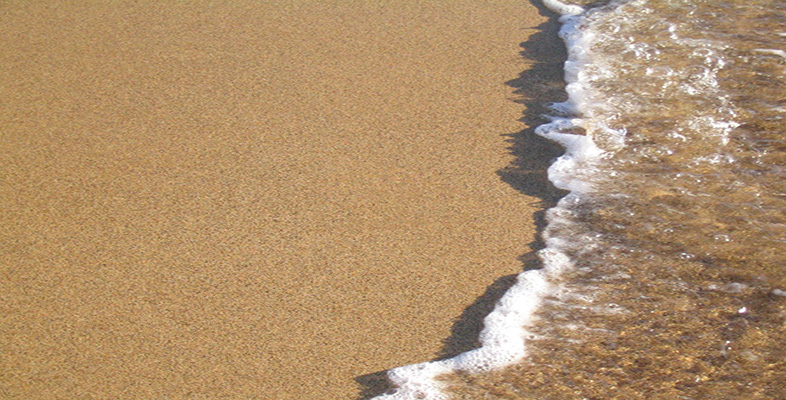4.5 How wide were the oceans?
Once evidence has been found to prove the existence of an ancient ocean, is it possible to calculate its maximum width? Palaeomagnetic studies can give geologists an idea of the palaeolatitude (N–S) of the ocean but not its palaeolongitude (E–W), so depending on its orientation, an indication of how wide it was may not be possible. However, an approximate indication of how wide the former oceans were can be obtained by examining the fossil faunal assemblages that are present (e.g. the range of species and type of biota present over a specific area). Assemblages on one side of the ocean may differ from those on the other, with the range of species only converging once the ocean has become sufficiently narrow (i.e. closed) for the biota to migrate across the basin. Of course, the opposite of this is that presently separated continental masses that have nearly identical fossil fauna assemblages must once have been united (e.g. southern India, South Africa and Antarctica, which were once united as Gondwana, Figure 3).
